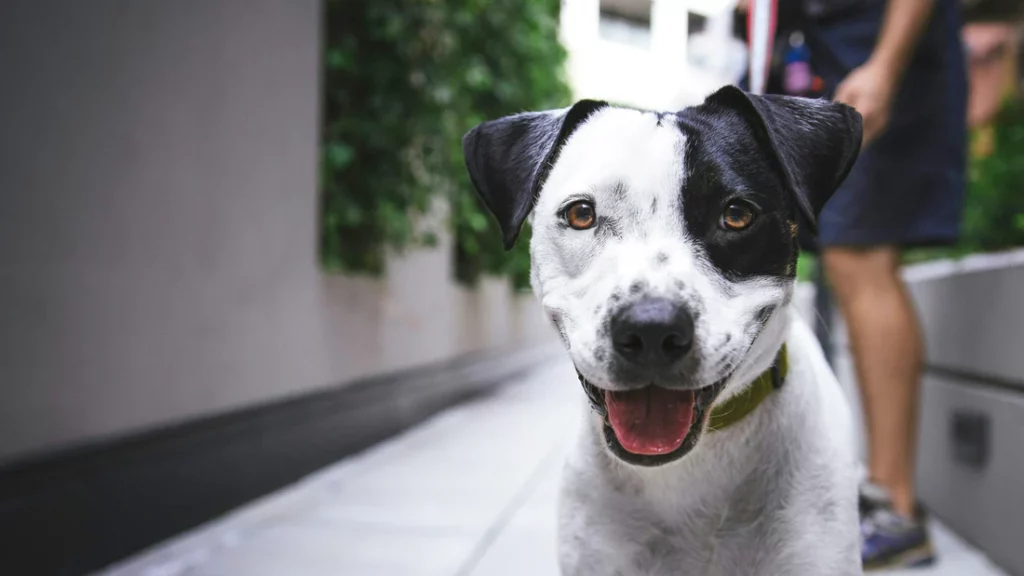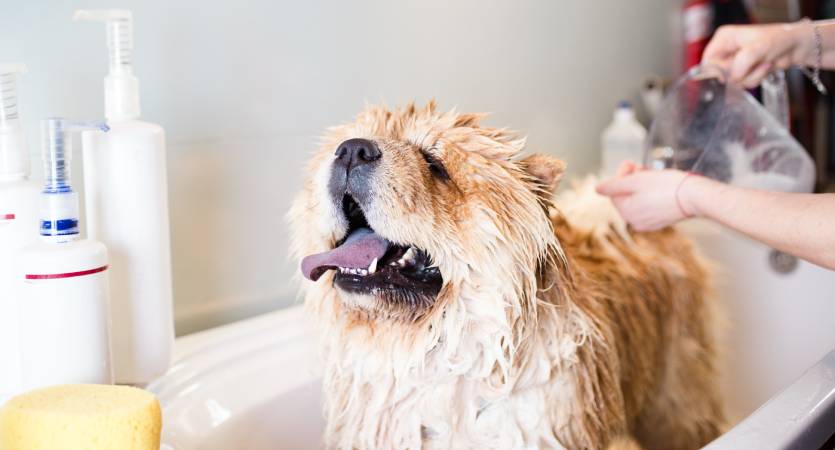Razor burn in dogs is a common yet preventable condition that can cause significant discomfort to our furry companions. Understanding the impact of grooming and employing the grooming techniques are crucial for maintaining your dog’s skin health and overall well-being. Razor burn occurs when the skin is irritated after shaving or trimming the fur too closely. It manifests as red, inflamed patches that can be itchy and painful. Dogs, those with sensitive skin, can experience razor burn if their grooming routine is not managed properly. Symptoms include visible redness, bumps, excessive licking, scratching, and general discomfort. Grooming plays a significant role in preventing razor burn. Over-grooming, where a dog is shaved too often, can exacerbate skin irritation. Conversely, under-grooming can lead to matting, which may necessitate close shaving to remove the tangles, increasing the risk of razor burn.
Finding the Balance:
Breed and Coat Type – Different breeds have different grooming needs. Dogs with thicker, double coats, like Huskies or Golden Retrievers, typically require less frequent shaving and more brushing to manage their coats. Short-haired breeds, like Boxers or Beagles, might need more regular grooming but not necessarily frequent shaving.
Activity Level – Active dogs that spend a lot of time outdoors may require more frequent grooming to manage dirt and debris in their coats. However, regular brushing can often mitigate the need for frequent shaving.

Skin Sensitivity – Dogs with sensitive skin may need less frequent shaving to avoid irritation. Instead, regular baths with hypoallergenic shampoos and consistent brushing can keep their skin and coat healthy.
Best Practices to Prevent Razor Burn
Proper Tools – Using the right grooming tools can make a significant difference. Invest in high-quality clippers designed for pets, as well as sharp, clean blades. Dull blades can tug at the fur, causing more irritation.
Correct Technique – Shave in the direction of the hair growth to minimize irritation. Avoid pressing the clippers too hard against the skin. Keeping a steady, gentle hand can help prevent nicks and cuts.
Pre-Grooming Preparation – Before shaving, thoroughly brush your dog’s coat to remove any mats or tangles. Mats can cause the clippers to catch, leading to uneven shaving and increased risk of razor burn.
Aftercare – Post-grooming care is vital. Applying a soothing, pet-safe aloe vera gel or coconut oil can help calm the skin and reduce inflammation. Avoid products with alcohol or artificial fragrances, as they can further irritate the skin.
Monitor and Adjust – Pay attention to your dog’s reaction post-grooming. If you notice signs of discomfort or irritation, extend the time between grooming sessions. Consulting with a professional groomer or veterinarian can also provide personalized guidance based on your dog’s specific needs.
Preventing dog razor burn hinges on striking the right balance in grooming frequency and employing proper grooming techniques. Understanding your dog’s breed, coat type, and skin sensitivity is key to developing an effective grooming routine. By using the right tools, preparing adequately before grooming, and providing appropriate aftercare, you can ensure that your dog remains comfortable and healthy. Regular monitoring and adjustments to the grooming routine based on your dog’s response will further help in maintaining their skin and coat in optimal condition.

